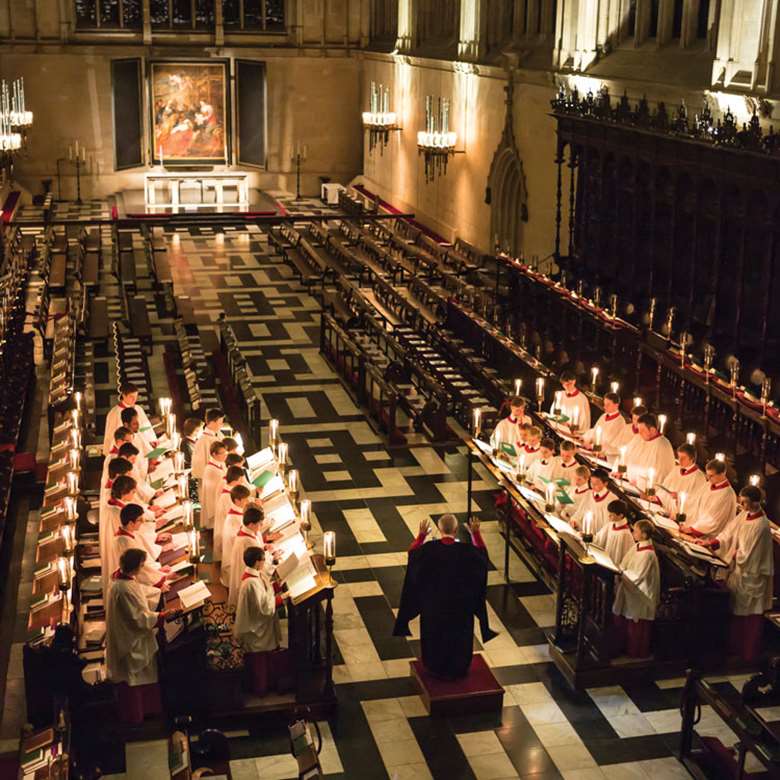Christmas carols: a thriving tradition
Ivan Moody
Wednesday, December 12, 2018
We live in a golden age of Christmas carol composition. Ivan Moody considers the challenges of writing new seasonal music and the ways in which they are met by today’s composers

Register now to continue reading
Thanks for exploring the Gramophone website. Sign up for a free account today to enjoy the following benefits:
- Free access to 3 subscriber-only articles per month
- Unlimited access to our news, podcasts and awards pages
- Free weekly email newsletter








